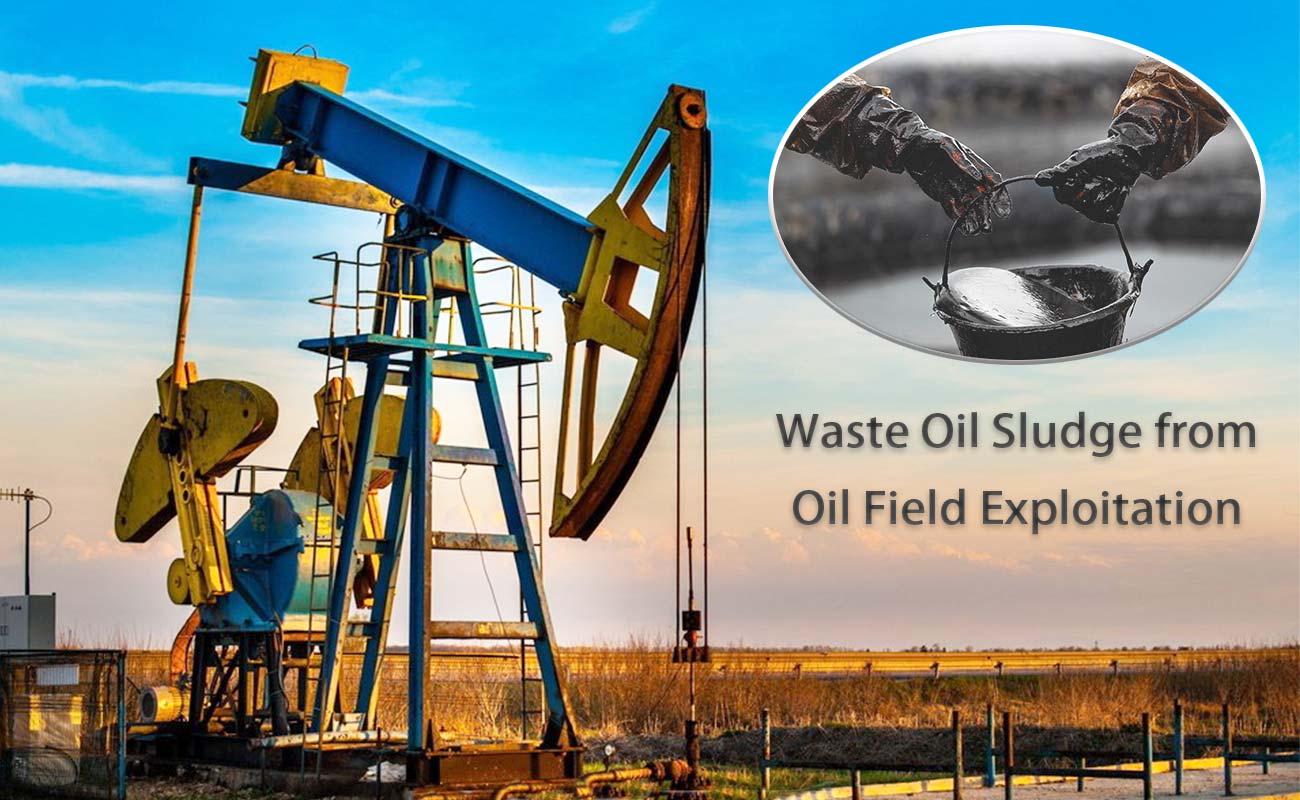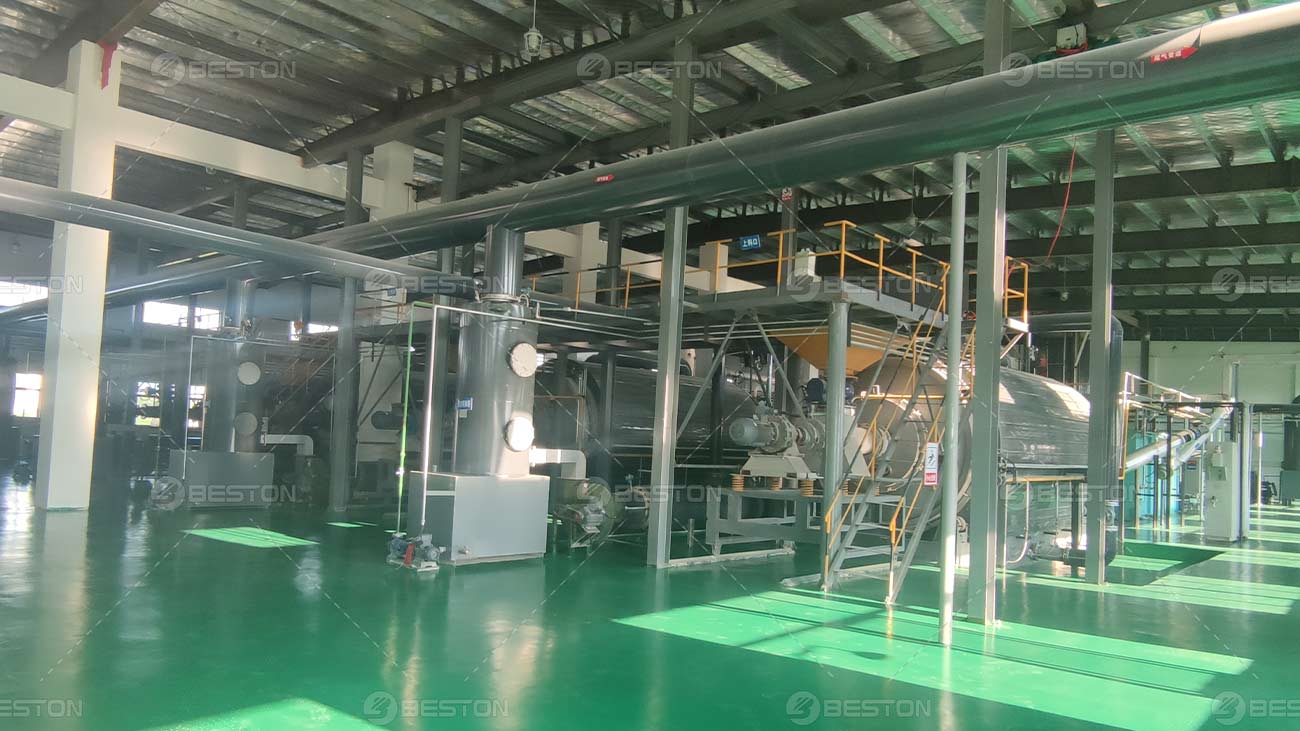In the relentless pursuit of industrial progress, the byproducts of our endeavors often manifest in the form of oil sludge – a conundrum that demands not just attention but a discerning approach towards its disposal. The conventional methods fall short in addressing the ecological nuances, compelling us to delve into the realms of innovation.
Perplexing Nature of Oil Sludge
Oil sludge, a viscous amalgamation of hydrocarbons, heavy metals, and other contaminants, poses a formidable challenge to environmental equilibrium. Traditional disposal methods, such as landfills, have proven inadequate in mitigating the environmental impact of this noxious substance. As stewards of our planet, a more sophisticated and nuanced approach beckons.

Pioneering the Change: Oil Sludge Pyrolysis Treatment Plant
Enter the revolutionary concept of the oil sludge pyrolysis plant. This cutting-edge facility employs the principle of pyrolysis, a process where organic materials are subjected to high temperatures in the absence of oxygen. In the crucible of this controlled environment, oil sludge undergoes a transformative metamorphosis.
The Pyrolysis Alchemy
Pyrolysis, an alchemical process in the domain of waste management, orchestrates the disintegration of oil sludge into its elemental constituents. This intricate dance of heat and absence of oxygen liberates hydrocarbons in a controlled manner, circumventing the release of harmful byproducts into the atmosphere. The result is a residue of carbonaceous char and an array of valuable hydrocarbon compounds.
Navigating the Pathways of Disposal
1. Collection and Segregation
The journey begins with the meticulous collection and segregation of oil sludge from its source. The discerning eye of environmental custodians ensures that the raw material fed into the oil sludge pyrolysis plant adheres to the highest standards of purity.
2. Pyrolysis Chamber: Where Magic Happens
Within the confines of the pyrolysis chamber, the alchemical transformation unfolds. The controlled application of heat induces a cascading reaction, unraveling the complex structure of oil sludge. The hydrocarbons, once entwined in a stubborn embrace, now yield to the artistry of pyrolytic disintegration.
3. Carbonaceous Residue Management
The carbonaceous residue, a byproduct of this pyrolytic ballet, demands judicious handling. With applications ranging from soil enrichment to industrial processes, this seemingly innocuous residue takes on a newfound significance in the circular economy.

Environmental Implications and Regulatory Landscape
As we embark on this odyssey of innovative disposal, the environmental implications warrant careful consideration. The deployment of crude oil sludge recycling plant demands adherence to stringent regulations, ensuring that the benefits derived do not come at the cost of environmental integrity.
The Imperative of Progress
In the quest for sustainable waste management, the oil sludge/tyre/plastic pyrolysis plant emerges as a beacon of progress. Its efficacy in transforming a once-unyielding adversary into valuable resources heralds a new era in waste disposal methodologies. However, as custodians of our planet, our responsibility extends beyond innovation to the judicious implementation of these advancements.